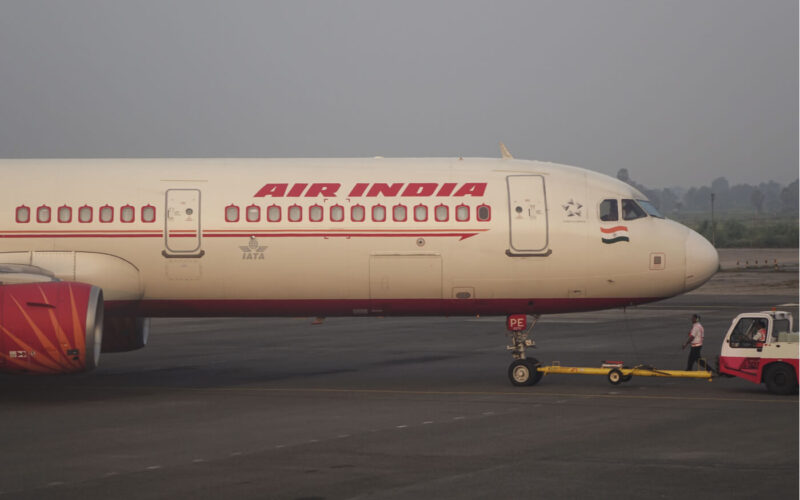After unexpectedly noticing an obstacle on Pune Airport, India (PNQ) runway during the takeoff, pilots of Air India Flight AI852 had to perform an emergency takeoff trying to avert a collision. While the Airbus A321 aircraft suffered a tail strike during the incident, it did not stop the flight crew from following the schedule. The flight continued as planned and landed safely in Delhi (DEL), India, two hours later.
On February 15, 2020, Air India was about to operate a domestic flight AI852 from Pune to Delhi, India. As the Airbus A321-200, carrying 180 people onboard, was accelerating for takeoff, the flight crew noticed a jeep and a person on the runway.
The Air India pilots initiated a premature rotation of the aircraft at a speed of about 120 knots over ground. While the maneuver resulted in a tail strike, Flight AI862 continued the climb and, having reached cruising altitude, continued on towards Delhi for safe landing.
Upon landing, the Airbus A321 (registration number VT-PPU) was inspected. The damage was detected on tail skin, as can be seen in the picture circulating on social media (see below). Reportedly, the aircraft also suffered structural damage to the fuselage frame. However, the latter information has not been confirmed.
The country’s civil aviation regulator, the Directorate General of Civil Aviation (#DGCA) has ordered a probe into an incident involving tail scraping of an #AirIndia aircraft being operated from #Pune to #Delhi.@airindiain
Photo: IANS pic.twitter.com/5bGRPnGjm3
— IANS Tweets (@ians_india) February 15, 2020
India’s Directorate General of Civil Aviation (DGCA) has opened an investigation into the incident. In the meantime, the pilots were de-rostered until the end of the investigation.
Pune Airport (PNQ) is a civil enclave airport, also used by the country’s Air Force. The Air Force has confirmed the incident, stating it has also launched an investigation into the occurrence. The jeep, which is believed to have entered the runway, is understood to be a service vehicle, which was carrying out a “routine” task.
How dangerous are tail strikes?
A minor tail strike is not necessarily dangerous by itself. However, inadequate or improper repairs following such incidents have been known to cause structural failures of the aircraft years after the original incident.
For instance, Japan Airlines Boeing 747SR operating Flight 123 suffered sudden decompression and crashed twelve minutes into the flight in August 1985. The subsequent investigation concluded that the rapid decompression was caused by improper repair following a tail strike. The Boeing 747SR suffered the said tail strike seven years earlier ‒ in 1978.
Even greater time difference between a tail strike and its catastrophic result was recorded in the case of China Airlines Flight 611. In this instance, the Boeing 747-209B, carrying 206 passengers and 19 crew, disintegrated in mid-air and crashed in May 2002. The aircraft suffered a tail strike, which had been improperly repaired, twenty two years earlier.

